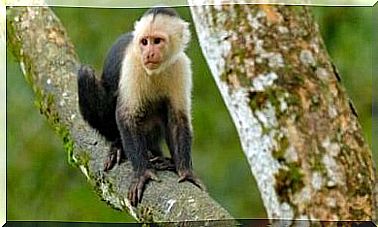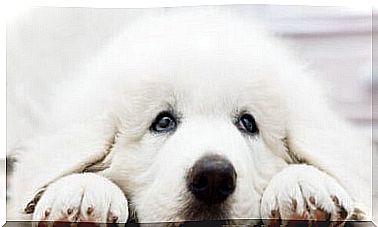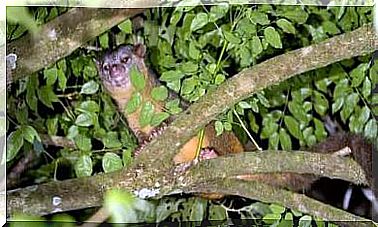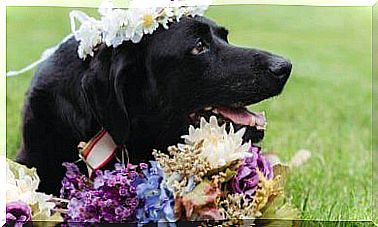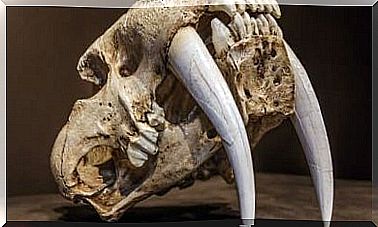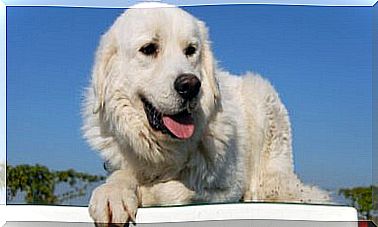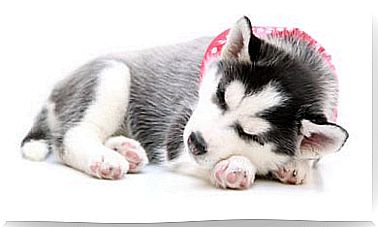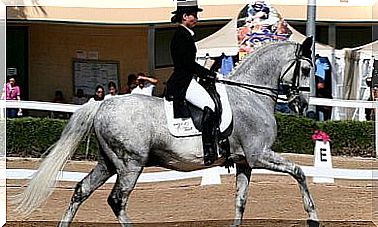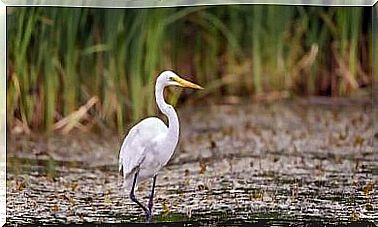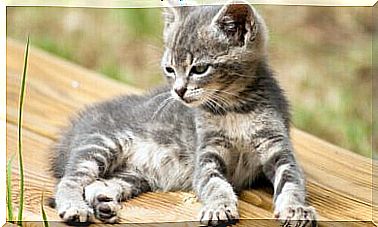The Domestication Of The Sheep In History
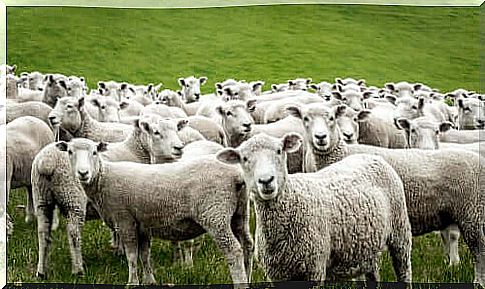
The domestication of the sheep was one of the first to occur and its history dates back over 13,000 years. It is certainly a species to which we are the human being has been linked during its history, which is worth knowing.
Like other cases of domestication of animals, it is believed that this has greatly changed the species in question. The phenomenon of domestication may even have changed some of the sheep’s mental abilities, such as the fact that these animals recognize people.
Domestication of the sheep in Asia
The domestication of the sheep began in Mesopotamia, around the year 11000 BC. It is believed that the ancestor of this species is the Asian mouflon, although other species such as argali and urial have also been proposed, which however have a different number of chromosomes.
At first, these animals were bred as a source of food, but their selection began 8,000 years ago, by which time, it seems, they were already being used in Iran to obtain wool. However, garments with this wool will only begin to be produced 3,000 years later.
Wool was vital for the expansion of the human being, as this fabric allowed us to reach colder places. During the Bronze Age there were already sheep very similar to the present ones, which is why at that time it was common to find these animals in many places on the planet.
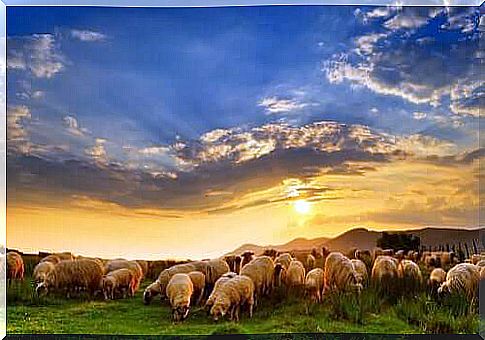
Domestication of the sheep in Africa and Europe
Although at the beginning the domestication of the sheep took place in Asia, these animals came through the Sinai to the African continent, therefore in Ancient Egypt this species already existed. Some, in fact, believe that the sheep had a parallel origin in Africa, although it seems unlikely.
During the Middle Ages, Spain especially became famous among European countries for sheep production. This was partly due to the emergence of the merino sheep, whose high-quality wool largely financed the empire. To this we owe the foundation of one of the first associations of shepherds, the Mesta, which carried out transhumance with two million merino sheep.
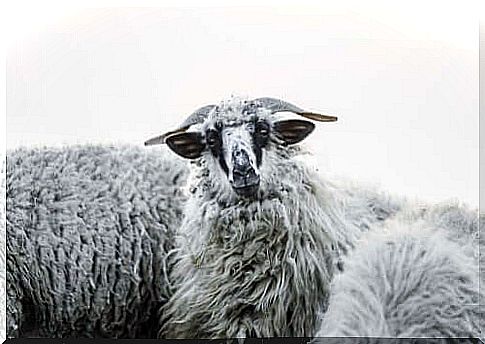
Sheep in the modern age
Following the value of these animals during the Spanish Empire, Columbus took them with him during his second trip to America, a continent in which this species was not domesticated.
It is believed that the first breed to arrive in the American continent is the churra sheep and, in fact, the Navajo Indians possess a variety descended from these animals. The domestication of the sheep did not even take place in Australia, where it only arrived at the end of the 18th century.
Nowadays, the sheep is one of those species on which the human being depends the most to survive; similarly, the phenomenon of sheep domestication has made these small ruminants completely dependent on humans for their survival. Consequently, we owe the greatest respect to these animals, in fact without them the history of man would probably have been very different.
